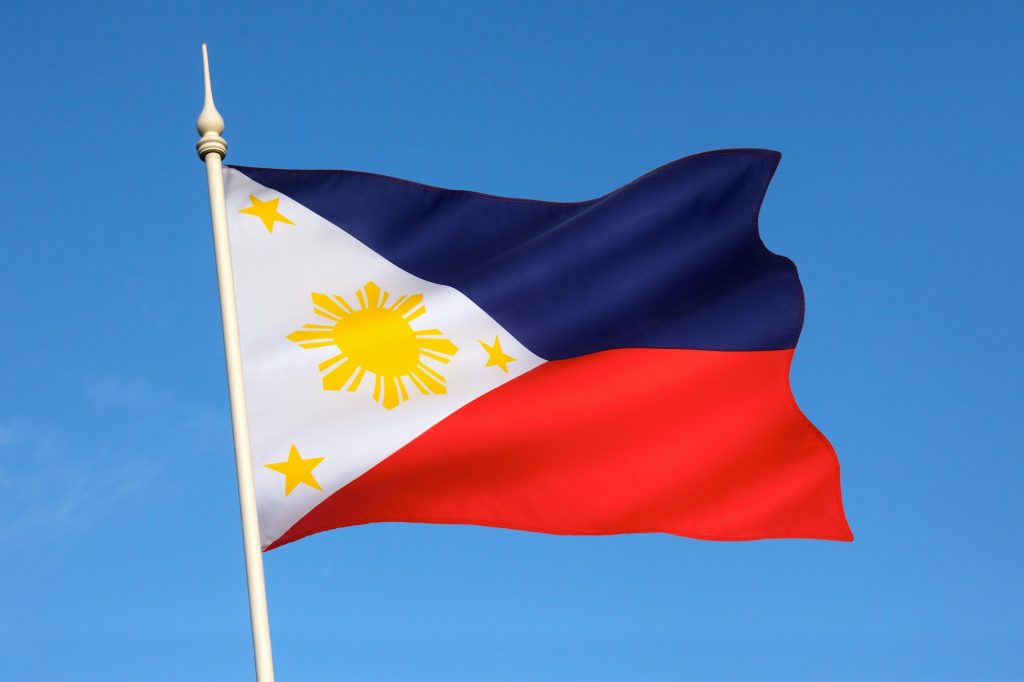Philippines launches plan for enhanced connectivity
The plan aligns with President Marcos’ pledge to extend telecom services to underserved areas and includes providing subsidised SIM cards and data plans.

Philippines is embarking on a three-year network infrastructure plan to enhance connectivity for geographically isolated and disadvantaged areas (GIDAs) by 2028. That initiative, presented by telecommunications providers, aims to construct new communication towers while maximising the use of existing infrastructure.
By addressing the connectivity gap in the country, the plan ensures that remote communities can access essential services such as education, healthcare, and government support, thereby promoting inclusivity and enhancing the overall quality of life for residents. Furthermore, this commitment to improving connectivity aligns with President Marcos’ pledge to bring telecom services to underserved areas.
The current plan includes subsidised SIM cards with data plans to unconnected households, ensuring families have the necessary tools to connect to the internet and mobile services. As of 2024, Globe has already established over 600 operational cell sites in GIDAs, marking a significant step toward making essential communication services accessible to remote communities.
Moreover, Philippines recognises the need for optimised network coverage and advocates for critical legislative support to streamline the permitting process for new cell sites. Ensuring a consistent power supply for telecommunications towers and rationalising spectrum user fees are essential to this strategy.
Why does this matter?
The country aims to create a conducive environment for rapid infrastructure expansion by addressing these regulatory challenges. Consequently, through these efforts, Philippines is working towards a ‘Digital Philippines,’ where all citizens can access vital communication services that improve their lives regardless of their geographical location.
